James Prescott Joule was born in 1818 as the son of Benjamin Joule, a successful brewer, and his wife Alice Prescott, on New Bailey Street in Salford. He received private tutoring from John Dalton, a well-known scientist who had a significant impact on his early life. William Henry, a skilled chemist, also influenced James’ work, along with Manchester engineers Peter Ewart and Eaton Hodgkinson. As a young man, Joule became fascinated by electricity and conducted experiments at home with his brother, giving each other electric shocks and even testing them on the family’s servants.
As an adult, Joseph Henry Joule managed a brewery. He enjoyed science as a fun activity in his free time. Around 1840, he began studying how to replace the brewery’s steam engines with new electric motors that had just been invented. He wrote some of his early scientific findings about this topic for William Sturgeon’s journal called Annals of Electricity. Joule was part of a group called the London Electrical Society, which was started by Sturgeon and others. To help businesses decide whether to use electric or steam engines, he tried to figure out which one was more efficient. He discovered his first law in 1841, which said that the amount of heat created by electricity is related to how strong the current is and how much it slows down. He realized that using coal in a steam engine was actually cheaper than using expensive zinc in an electric battery. Joule came up with a way to measure both types of engines using the same unit, called the foot-pound, which measures how high you can lift 1 pound of weight by 1 foot.
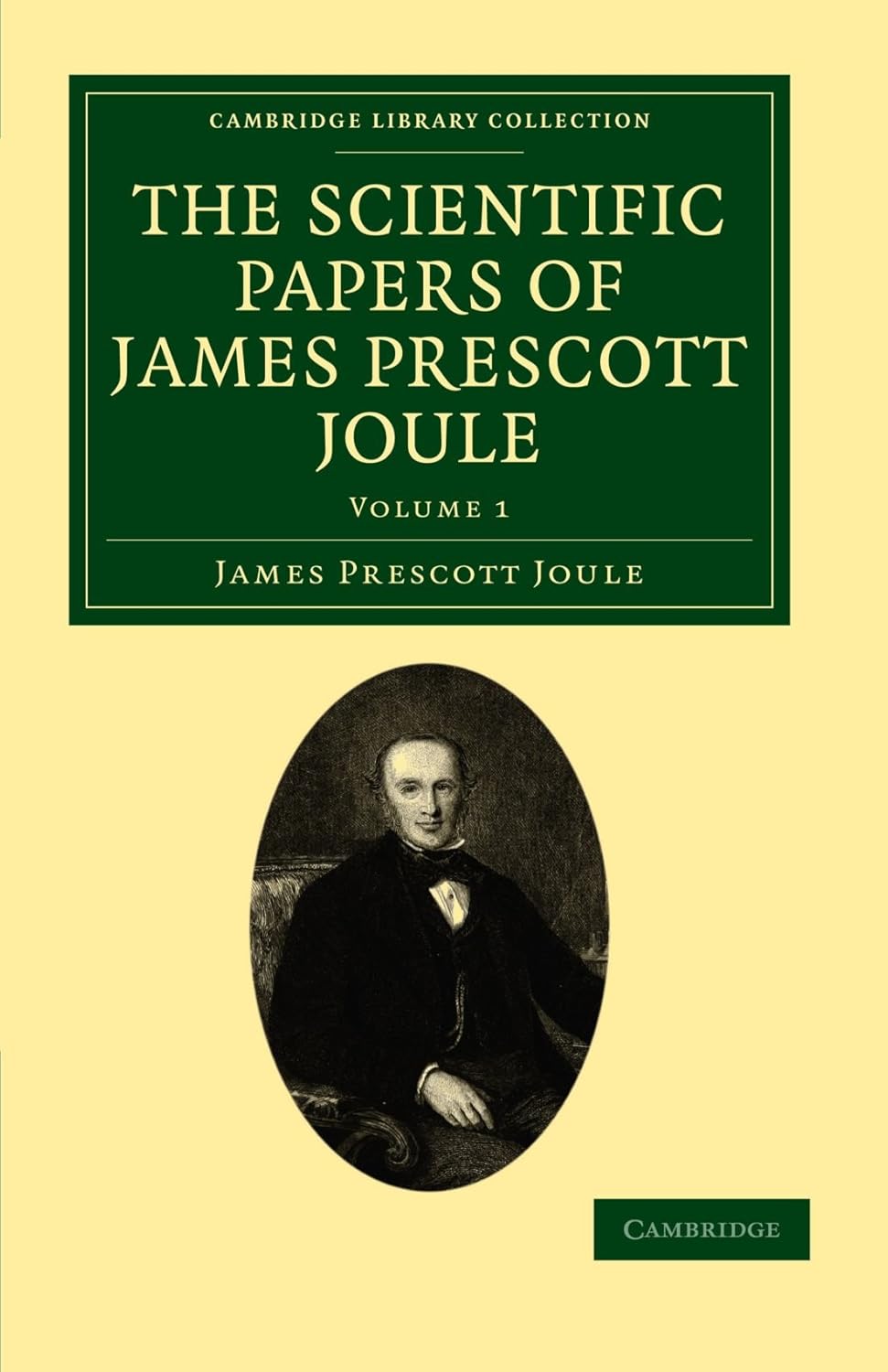
However, Joule shifted his focus from the narrow financial issue to exploring how much work could be extracted from a particular source, which led him to ponder the convertibility of energy. In 1843, he published the results of his experiments, showing that the heating effect he had measured in 1841 was caused by heat generation within the conductor itself, not through transfer from another part of the equipment. This finding challenged the caloric theory, which held that heat could neither be created nor destroyed. The caloric theory, introduced by Antoine Lavoisier in 1783 and further developed by Sadi Carnot in 1824, had long been the dominant way of thinking about heat in science. Due to Lavoisier’s reputation and the practical success of Carnot’s heat engine theory, Joule faced a tough road ahead as a scientist outside academia or engineering. Proponents of the caloric theory argued that the symmetry of the Peltier-Seebeck effect proved that heat and electricity were interchangeable in a reversible process, at least to some extent.
Joule continued his experiments with his electric motor, which helped him estimate the mechanical equivalent of heat as 4.1868 joules per calorie of work needed to raise the temperature of just one gram of water by one degree Celsius. He shared his findings with the chemical section of the British Association for Science in Cork in August 1843, but received a silent response.
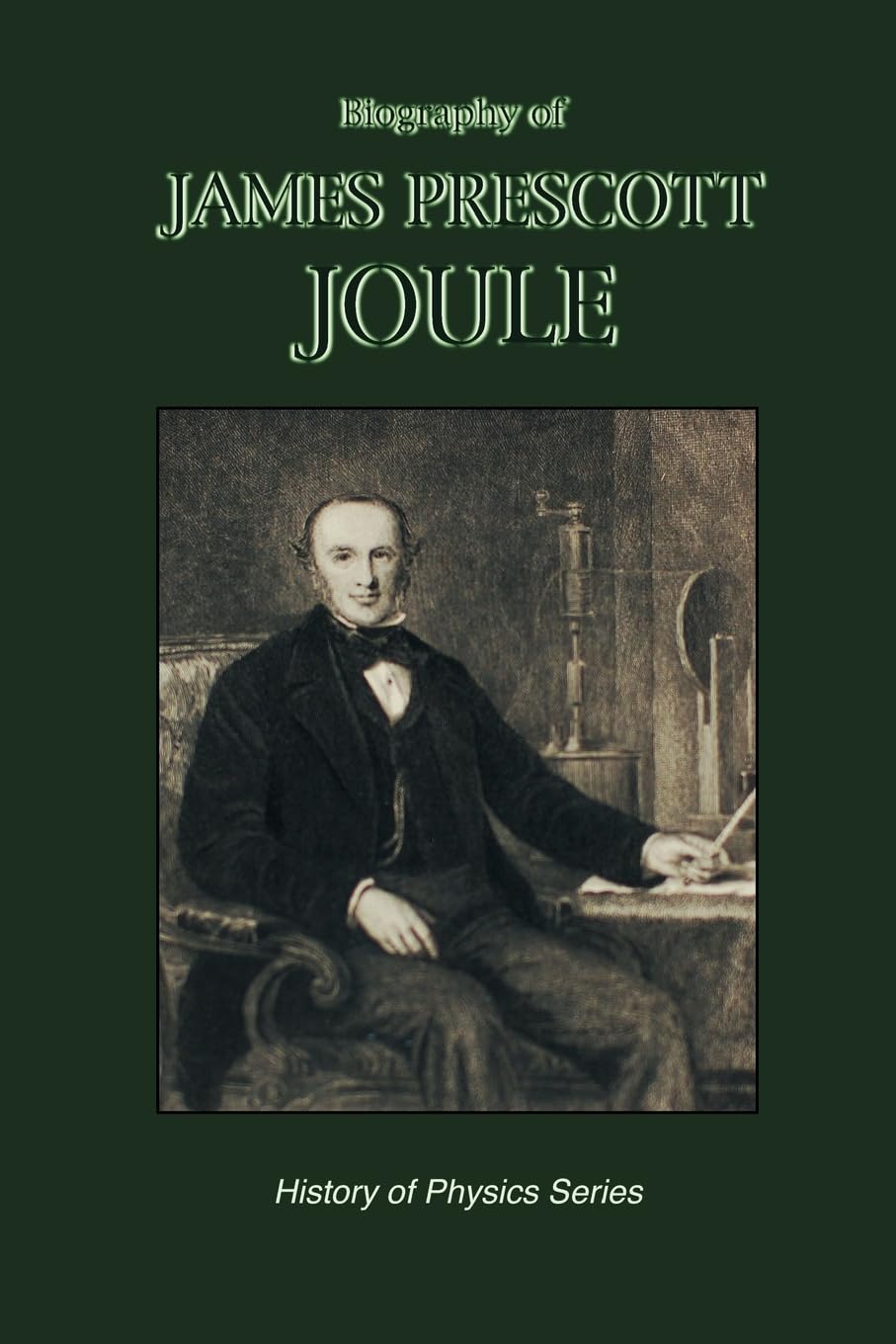
Joule didn’t give up his idea and tried to show that work can be turned into heat using only machines. He did this by forcing water through a special tube with holes in it, which made the fluid get slightly warmer. This way, he could measure how much energy was being converted from one form to another. By doing so, he found that 770 foot-pounds of force were equivalent to 4,140 joules per calorie. What’s even more impressive is that when Joule used two different methods – electricity and a mechanical process – the results matched very closely. This made him think that work can indeed be turned into heat, and this was strong evidence for his theory.
Whenever machines use energy, some amount of heat is produced exactly in proportion to the amount of energy used.
In his next attempt, Joule decided to measure the heat produced by compressing a gas against the work done. He discovered a mechanical equivalent of 798 foot-pounds force per British thermal unit (4,290 J/Cal). Interestingly, this experiment provided an easy target for critics, but Joule countered their objections with clever experiments. In June 1844, he presented his findings to the Royal Society, hoping to get it published. Unfortunately, his paper was rejected by the Royal Society and he had to settle for publishing it in the Philosophical Magazine in 1845. Joule openly criticized the caloric theory of Carnot and Émile Clapeyron, which he believed contradicted fundamental principles of philosophy. He argued that this theory led to an absurd conclusion: if heat from a fire could destroy vis viva by misplacing equipment, then any theory demanding force destruction was flawed. According to Joule, only the Creator had the power to eliminate force, so any theory suggesting otherwise was incorrect.
Joule used the concept of vis viva (energy) when he explained things, which might have been because someone named Hodgkinson had read a review of Ewart’s work at a meeting called the Literary and Philosophical Society in April 1844. In June 1845, Joule shared his research on how much energy is needed to make something move with a group in Cambridge. During this presentation, he talked about one of his most famous experiments that showed how using gravity can do work to turn a paddle wheel inside an insulated barrel filled with water, which makes the water get warmer. He also estimated that 819 foot-pounds force is equal to 4,404 units of energy per unit of heat. Joule wrote a letter explaining his experiment and it was published in September 1845 in a magazine called the Philosophical Magazine.
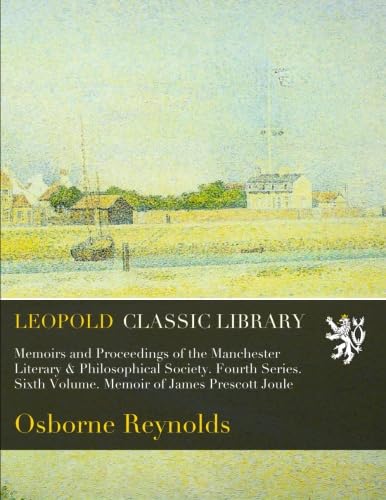
Joule’s Heat Apparatus, 1845 In 1850, Joule calculated a more precise measurement of energy transfer. He found that a specific amount of work could be expressed as 772.692 foot-pounds per unit of heat, which is equivalent to 4,150 joules per calorie.
Attention and importance Concerning the dispute about who came first, please refer to the section on mechanical equivalent of heat for more information on this issue.
Joule’s equipment for measuring the mechanical equivalent of heat faced significant resistance at first due to its requirement for very precise measurements. He could measure temperatures with an accuracy of about 1⁄200 of a degree Fahrenheit (3 mK), which was unusually high in contemporary physics experiments. However, some people may have overlooked his experience in brewing and the practical technologies he had access to, which showed him how accurate measurements are possible. Joule also had strong support from John Benjamin Dancer, a skilled instrument-maker. His experiments complemented the theoretical work of Rudolf Clausius, who is sometimes considered one of the inventors of the energy concept. Joule was proposing a theory about heat that involved molecular motion – he believed it was like rotational energy rather than translational energy. This required a big idea: if heat is caused by moving molecules, why wouldn’t their movement stop over time? Joule’s ideas needed people to believe that molecule collisions were completely elastic. It’s also important to note that the existence of atoms and molecules wasn’t widely accepted for another 50 years, but many scientists worked on understanding them during the 19th and early 20th centuries. The work of John Dalton laid a foundation for this knowledge, which was published in 1893 – 49 years after his death.
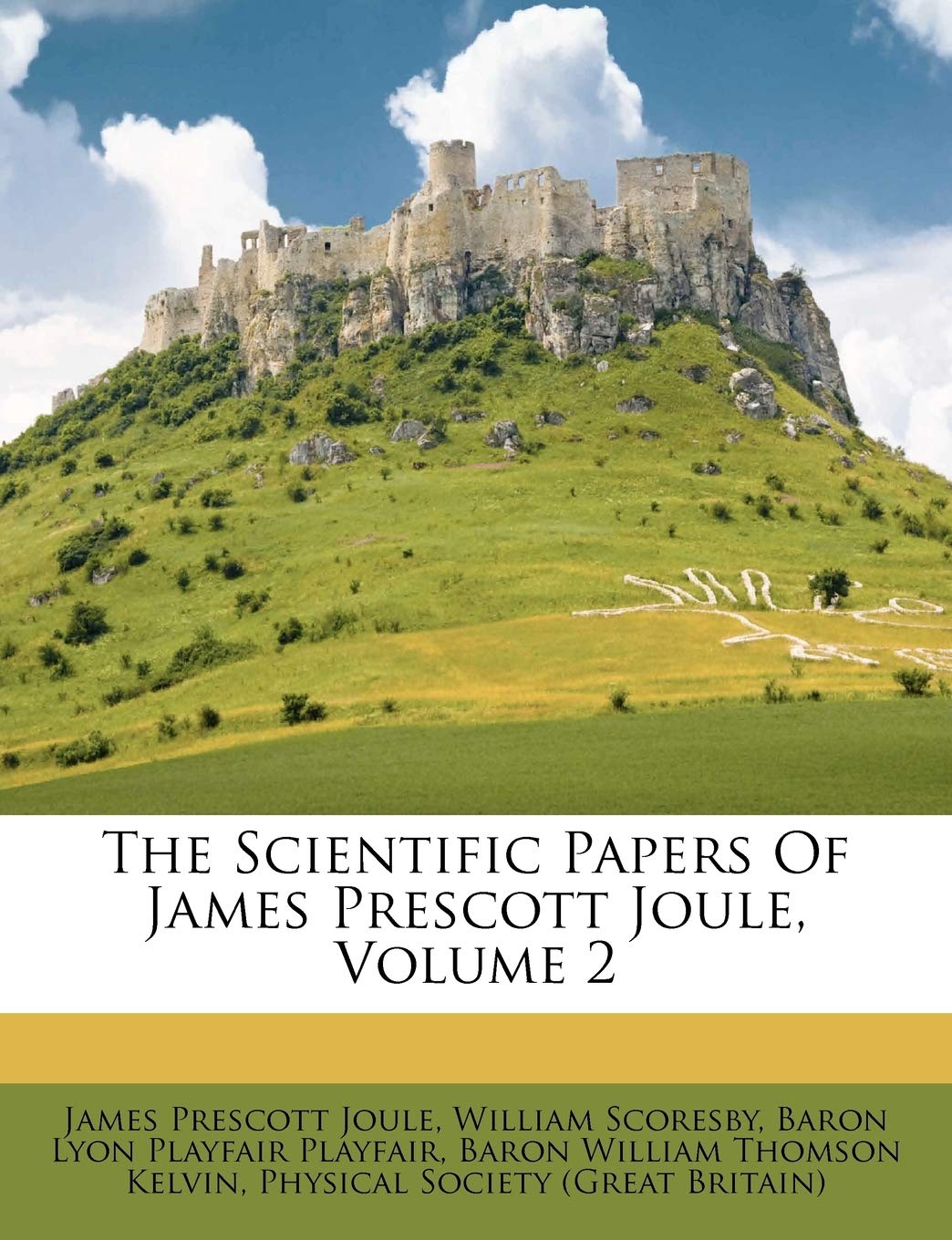
It might be tough to see the appeal of the caloric theory right now, but back then it seemed like a pretty good idea. The fact that Carnot had developed a successful theory of heat engines based on this assumption was one thing – and it wasn’t until later that Lord Kelvin proved his math could work just as well without needing a special fluid called caloric. At the same time, in Germany, Hermann Helmholtz learned about Joule’s work and Mayer’s 1842 discovery, which was similar to his own ideas. Although neither of these scientists had gotten much recognition for their contributions since they were published, Helmholtz finally gave them both credit in 1847 with his statement on the conservation of energy.
In 1847, another presentation by Joule at the British Association in Oxford was attended by George Gabriel Stokes, Michael Faraday, and William Thomson, who would later become Lord Kelvin. Stokes was drawn to Joule’s ideas, while Faraday was impressed but had some doubts. Thomson was intrigued but also questioned its validity. Surprisingly, Thomson met Joule again that year in Chamonix. Around the same time, Joule married Amelia Grimes and they went on their honeymoon. Despite their excitement about marriage, Joule and Thomson planned an experiment a few days later to measure the temperature difference between the top and bottom of the Cascade de Sallanches waterfall, but this idea didn’t work out in practice.
Although Thomson believed that Joule’s findings required theoretical explanation, he defended the Carnot-Clapeyron school with great enthusiasm. In his 1848 report on absolute temperature, Thomson stated that it was unlikely that heat could be converted into mechanical energy – but a footnote hinted at his initial doubts about the caloric theory, which were triggered by Joule’s groundbreaking discoveries. Surprisingly, Thomson didn’t share his paper with Joule, who eventually read it and wrote back to him on October 6, suggesting that his research showed the conversion of heat into work but indicating that he was planning more experiments. On October 27, Thomson responded by revealing his own plans for conducting experiments and seeking a reconciliation between their theories. Despite not conducting any new experiments, over the next two years Thomson became increasingly convinced of Joule’s theory and eventually began to question Carnot’s ideas. In his 1851 paper, Thomson was willing to go no further than a compromise and stated that both Joule and Carnot/Clausius were correct about the motive power of heat. When Joule read the paper, he wrote back to Thomson with questions and comments. This marked the beginning of a highly productive collaboration between the two men, with Joule conducting experiments, Thomson analyzing the results, and suggesting further experiments. Their partnership lasted from 1852 to 1856 and led to important discoveries such as the Joule-Thomson effect, which greatly contributed to the acceptance of Joule’s work and the kinetic theory.
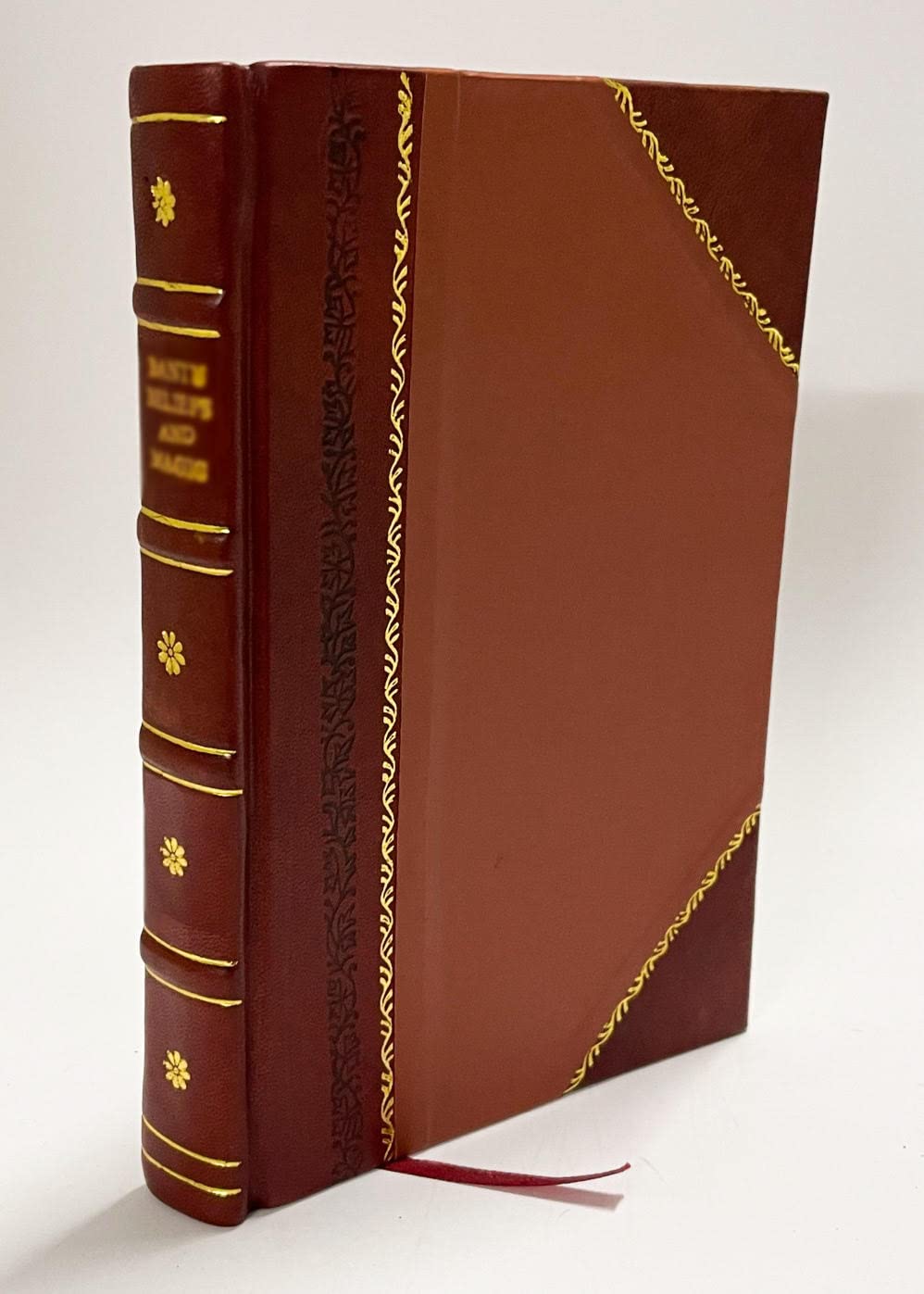
Kinetic theory is the science of motion. James Prescott Joule studied under Dalton, which explains why he strongly believed in the atomic theory, even though many scientists at his time were still unsure about it. Additionally, Joule was one of the few people who understood and applied John Herapath’s work on the kinetic theory of gases, which had been overlooked by others. He was also deeply affected by Peter Ewart’s 1813 paper that described a way to measure moving force.
Joule thought about how his findings related to the kinetic theory of heat. His lab notes show that he believed heat moved in a rotating way, rather than moving straight like an object does. Joule couldn’t help but look for ideas that supported his views from famous scientists like Francis Bacon, Sir Isaac Newton, John Locke, Benjamin Thompson (also known as Count Rumford), and Sir Humphry Davy. Although these ideas were correct, Joule still tried to figure out the value of heat’s mechanical equivalence, which he estimated at 1,034 foot-pounds based on some of Rumford’s research. Some modern writers have criticized this approach because Rumford’s experiments didn’t involve precise measurements. In one of his private notes, Joule argued that Mayer’s measurement was just as inaccurate as Rumford’s, possibly hoping that Mayer hadn’t seen his work coming.
The scientist Joule has often been credited with explaining why sunsets sometimes appear green, but this didn’t actually happen. In fact, when he wrote to a group called the Manchester Literary and Philosophical Society in 1869, all he did was draw a simple picture showing what he saw as the last bit of sunlight – it looked blue-green.
As an Amazon Associate, I earn from qualifying purchases.
- 19th Century (16)
- 19th Century Inventors (16)
- 20th Century (1)
- 20th Century Inventors (1)
Leave a Reply